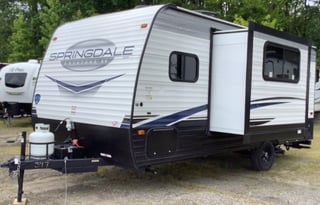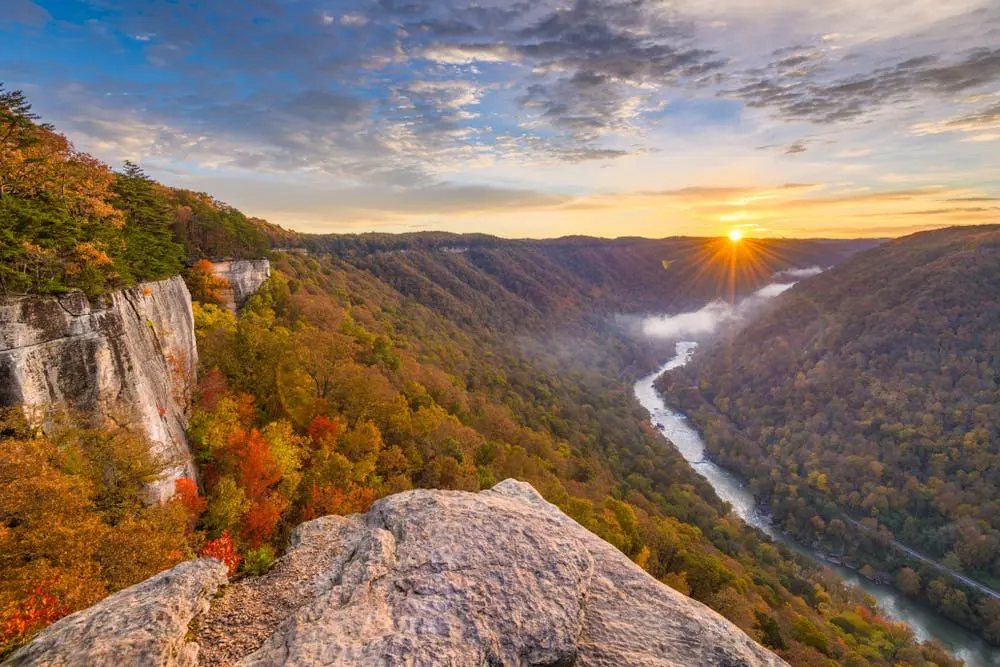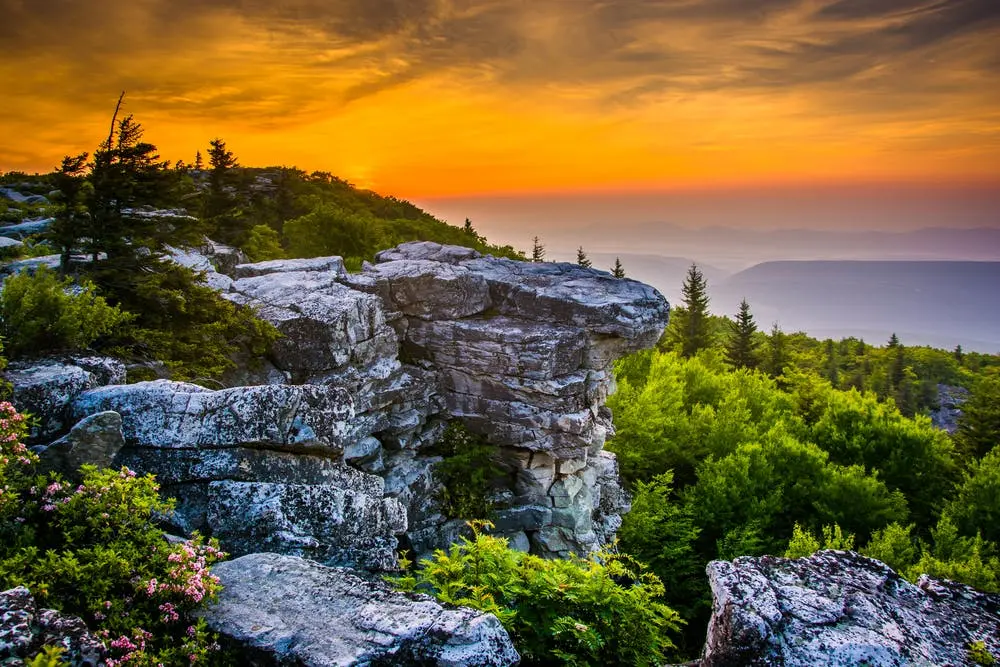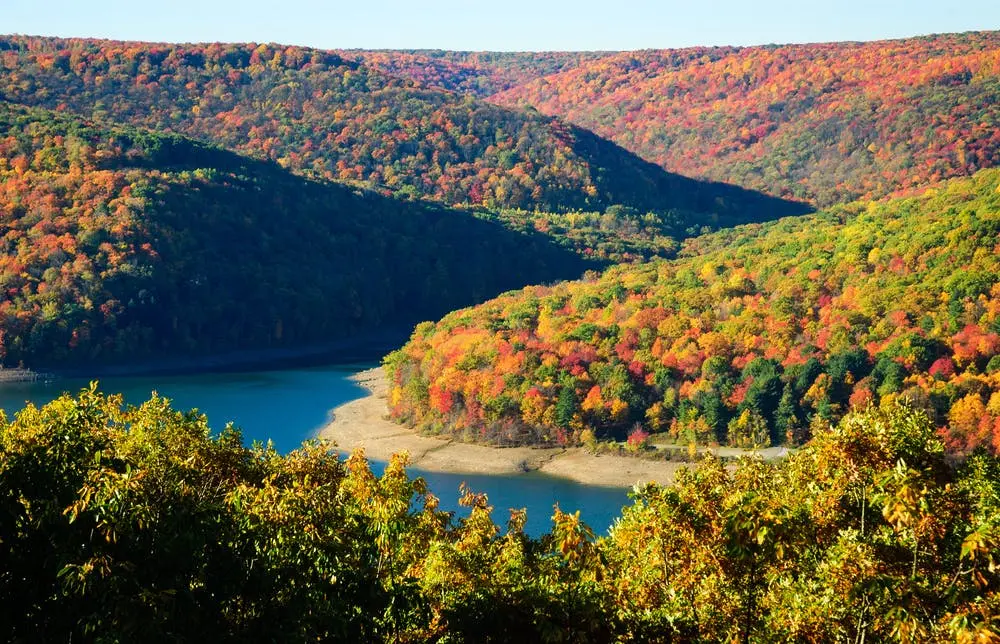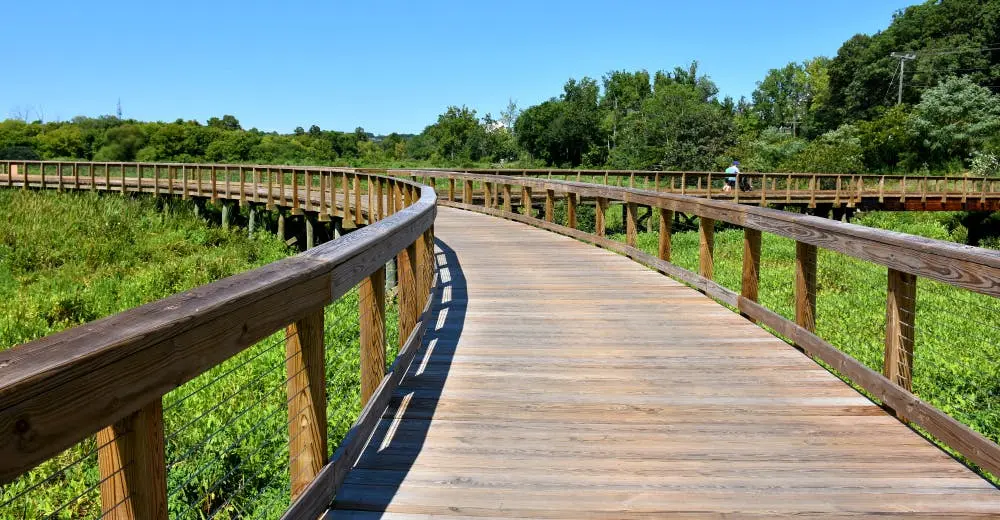


Browse motorhome by RV Class in Woodbridge, VA
Class A
Driver should be comfortable driving something as large as a busView all Class A rentals in Woodbridge
Class B
Comparable to driving and maneuvering an oversized vanView all Class B rentals in Woodbridge
Class C
Comparable to driving a truck and popular option for beginner RV driversView all Class C rentals in Woodbridge
Browse towable by RV Class in Woodbridge, VA
Travel Trailer
Trailer options exist for every kind of SUV or pickup tow vehicleView all Travel Trailer rentals in Woodbridge
Popup
Can be towed by ordinary passenger vehiclesView all Popup rentals in Woodbridge
Toy Hauler
Can be towed by many SUV or pickup tow vehiclesView all Toy Hauler rentals in Woodbridge
Popular RV Searches in Woodbridge, VA
Cheap
Under $100 per nightView all Cheap rentals in Woodbridge
Affordable
$100 - $250 per nightView all Affordable rentals in Woodbridge
Luxury
Above $250 per nightView all Luxury rentals in Woodbridge
Delivery
Owners that deliverView all Delivery rentals in Woodbridge
Pet Friendly
Bring your furry friendView all Pet Friendly rentals in Woodbridge
Road Trips Starting from Woodbridge, VA
Best National Parks Near Woodbridge, VA
Within 75 miles of Washington, D.C., Shenandoah National Park combines spectacular vistas, beautiful wildflowers, and cascading waterfalls. Deer, black bears, and songbirds are the most common wildlife in this national park. This park has three visitor centers, including Dickey Ridge, Harry F. Byrd, Sr, and Mobile. Each of these centers has exhibits to help introduce you to the area. You can enter the park at one of four places on Skyline Drive: Front Royal, Thornton Gap, Swift Run Gap, and Rockfish Gap. This scenic drive takes you along the Blue Ridge Mountains. Other favorite activities include hiking, backpacking, biking, fishing, rock climbing, and horseback riding. New River Gorge National Park contains one of the oldest rivers on the continent. Hiking is among the favorite activities at this park. The trails range from one-fourth mile to seven miles long. The Wade Creek Area trails include a beautiful walk along waterfalls, and the Grandview Area Trails take you through rock formations and woodlands. Besides hiking, visitors enjoy the scenic drives associated with Fayette Station Road Tour and African American Heritage Driving Tour. Other outdoor activities include whitewater rafting, bicycling, climbing, fishing, and hunting. Cuyahoga Valley National Park can be found within a few minutes of Cleveland and Akron. It has a wide variety of wildlife opportunities, including beavers, herons, and eagles. A unique feature of this park is the Cuyahoga Valley Scenic Railroad. This railroad offers various options, including the Family Fun Loop, which takes visitors on a 1.5-hour tour of the park. Another favorite activity in this national park is hiking. The park features an array of hiking trails, including Ledges Trail, Brandywine Gorge Loop, and Blue Hen Falls Trail. This national park is well-known for its questing adventures. Questing is similar to geocaching without GPS. Other outdoor activities include biking, fishing, birdwatching, backpacking, paddling on the river, golfing, horseback riding, and picnicking.
National Forests Near Woodbridge, VA
RV Rentals Near Woodbridge, VA
Frequently Asked Questions About Renting a Towable RV Near Woodbridge, VA
If I want to rent a towable RV, how do I tell if my vehicle can handle the tow?
Before renting a towable RV, it is essential to ensure that your vehicle can handle the weight and hitch type of the trailer. You can find this information in your vehicle's owner's manual. You will also need to check the Gross Vehicle Weight Rating (GVWR) of the trailer, which can usually be found on a sticker located on the trailer. It is recommended that you do not exceed 80% of your vehicle's maximum tow rating and make sure you have the proper hitch, brake controller, and sway control device.
Are there any limitations on the types of roads or terrain I can navigate with a towable RV rental in Woodbridge, VA?
Yes, there are limitations on the types of roads and terrain that you can navigate with a towable RV rental. It is important to check the RVshare rental agreement to see what types of roads and terrain are permitted. In general, most towable RVs are suitable for paved roads and well-maintained campgrounds. However, some rentals may be equipped with off-road tires, making them suitable for moderate off-road terrain.
Are there any additional insurance considerations or requirements when towing a rental RV, and how can I ensure I am adequately covered?
When renting a towable RV, there are three insurance options in case of an accident or damage. RVshare offers different types of insurance coverage, including liability, collision, and comprehensive. It is recommended that you choose the coverage that best suits your needs.
Do I use a sway control device when towing a RV, and does RVshare provide it, or do I need to bring my own?
A sway control device is highly recommended when towing a RV, especially on highways or in windy conditions. Discuss with the RV owner if this is something you will need. RVshare does not provide sway control devices, but the individual owner might.
What kind of braking system do I need for a towable RV rental, and how do I ensure it is properly installed and functional?
All towable RV rentals require a functioning braking system. There are two types of braking systems: electric and surge. Electric brake systems require a brake controller to be installed in the towing vehicle, while surge braking systems are built into the trailer's hitch. It is important to ensure that the braking system is properly installed and functional before towing. RVshare recommends having a professional mechanic inspect the brakes before renting.
Are any unique features or amenities available in towable RV rentals that may not be found in other RVs in Woodbridge, VA?
The features and amenities available in towable RV rentals vary depending on the unit and the owner's preferences. Some common features found in towable RVs include full kitchens, bathrooms, and sleeping areas. Unique features may include outdoor kitchens, fireplaces, and spacious living areas. It is recommended that you browse RVshare's inventory to find a rental unit that meets your specific needs.
How do I properly load and distribute weight within a towable RV rental to ensure safe and stable towing?
Proper weight distribution is crucial when towing a RV. It is recommended that you load heavier items towards the front of the trailer and distribute weight evenly from side to side. You should also avoid overloading the trailer and keep the weight under the GVWR. It is recommended that you use a weight distribution hitch, which can help balance the weight and provide more stability when towing.
What are the fuel efficiency considerations when towing a rental RV, and how can I minimize the impact on my fuel costs?
Towing a rental RV can have a significant impact on your vehicle's fuel efficiency. It is recommended that you use a towing vehicle with a fuel-efficient engine and avoid driving at high speeds. Additionally, removing any unnecessary weight from your vehicle and trailer can help maximize fuel efficiency. It is also recommended that you maintain a consistent speed and avoid sudden stops and starts.
What kind of maintenance or upkeep do I need on a towable RV rental during my rental period, and what kind of supplies or tools do I need to have on hand for this?
During your rental period you are not responsible for maintenance. Treat the RV with care and maintain cleanliness during your trip.
